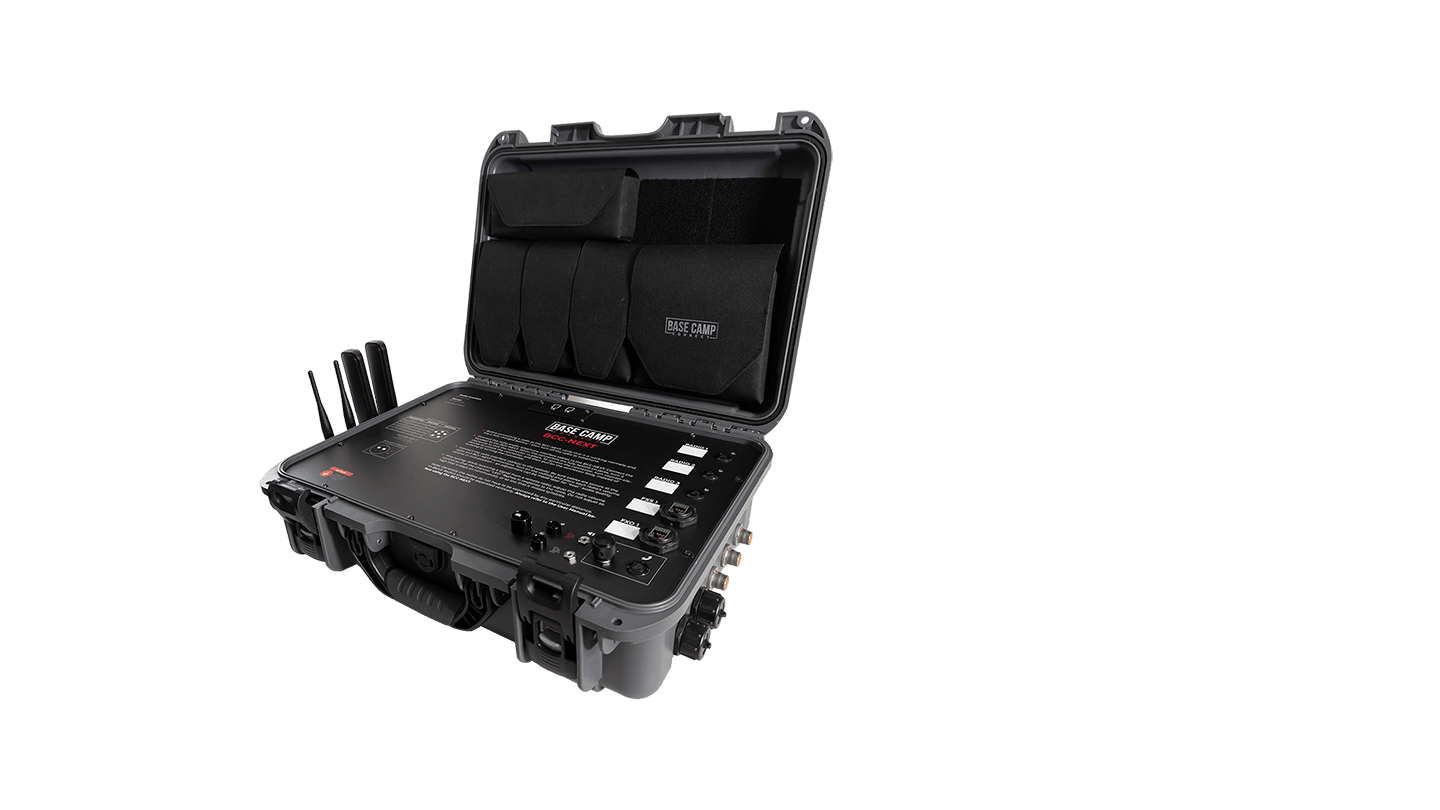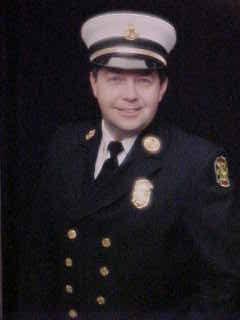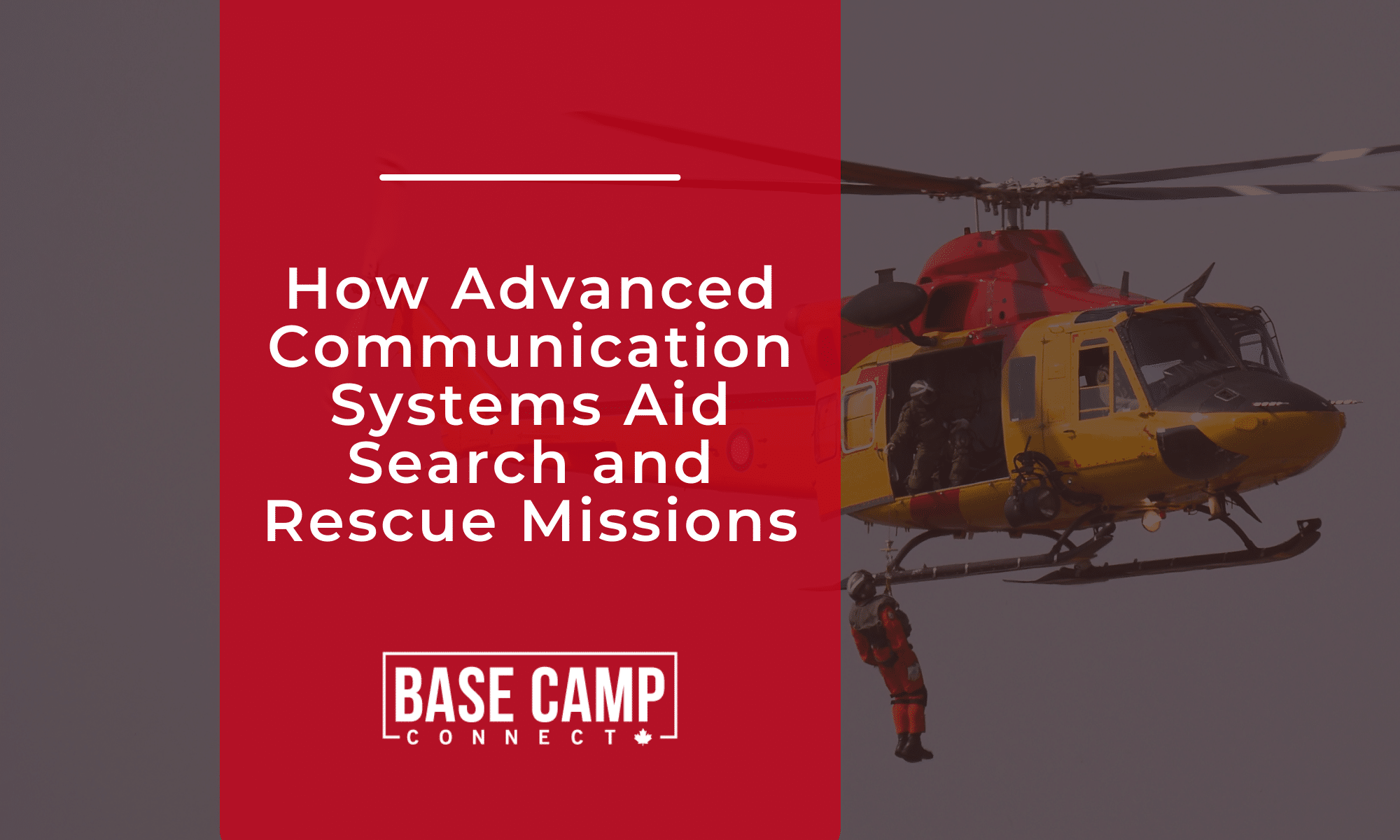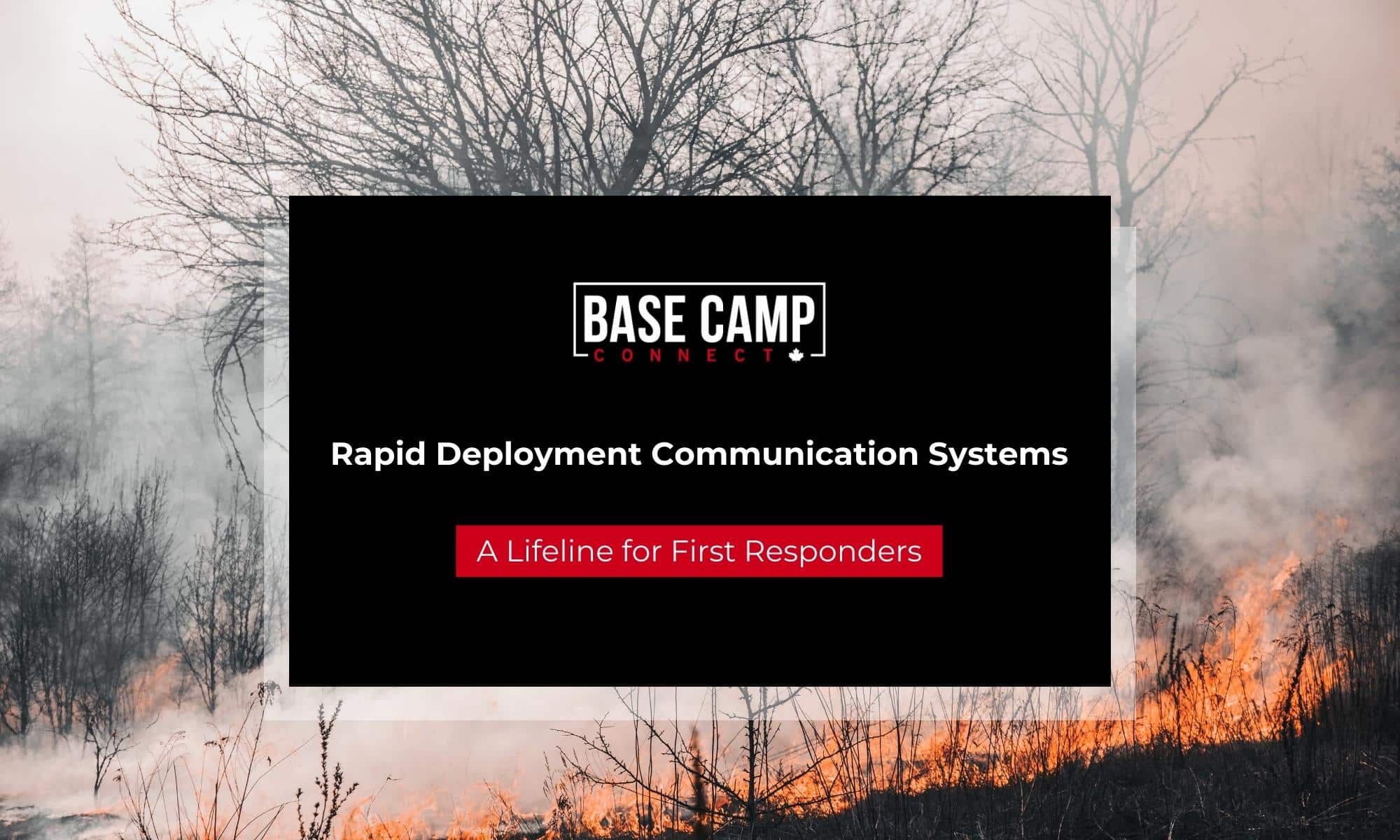Today it seems like everywhere we go companies, schools and shopping malls all are using some sort of radio communication equipment for their own in-house use. During an emergency situation, this level of communication could prove invaluable to the public safety responders. If we’re able to know what they know prior to our arrival on scene, it could save us precious time. Let’s talk about an example of an active shooter at the mall; if we are able to hear the communications from the mall security command post, we would know the closest entrance to use to stop the shooter and where EMS should enter to find the victims.
Is it practical or even feasible to try and load all of these types of radio systems into our onboard radios in our public safety mobile radios as well as the portable radios? Depending on the size of the response area, you may have a lot of businesses to deal with. You can take the time and plan out which locations are target hazards or high risk facilities that you should have plugged in beforehand. Your schools should be one in your radio system for police, fire and EMS responses. Some of the large campuses can prove challenging to navigate. Remember the recent incident at Ohio State where the assailant hit a bunch of people with a car and then stabbed a few more people and then fled the area on foot. Being able to monitor the campus security radio would allow the responding first responders to hear a description of the assailant, last known location, direction of travel and reports of additional injured victims.
 Paul Vernon /AFP/Getty Images
Paul Vernon /AFP/Getty Images
One of the best methods I have seen recently is the mobile communication system Base Camp Connect. This radio interoperability gateway system provides a communication bridge, or link, between up to 10 radio networks with otherwise incompatible radios. The radio gateway allows you to interconnect several agency networks such as municipal, state, federal, public safety and private organizations. The system allows you to obtain interoperable communications between 100Mhz, 800Mhz, UHF, VHF, HF, VoIP devices and TETRA in minutes. Base Camp Connect also provides an entire telephone system (with a single inbound number) and an Internet connection. Request a free demo here !
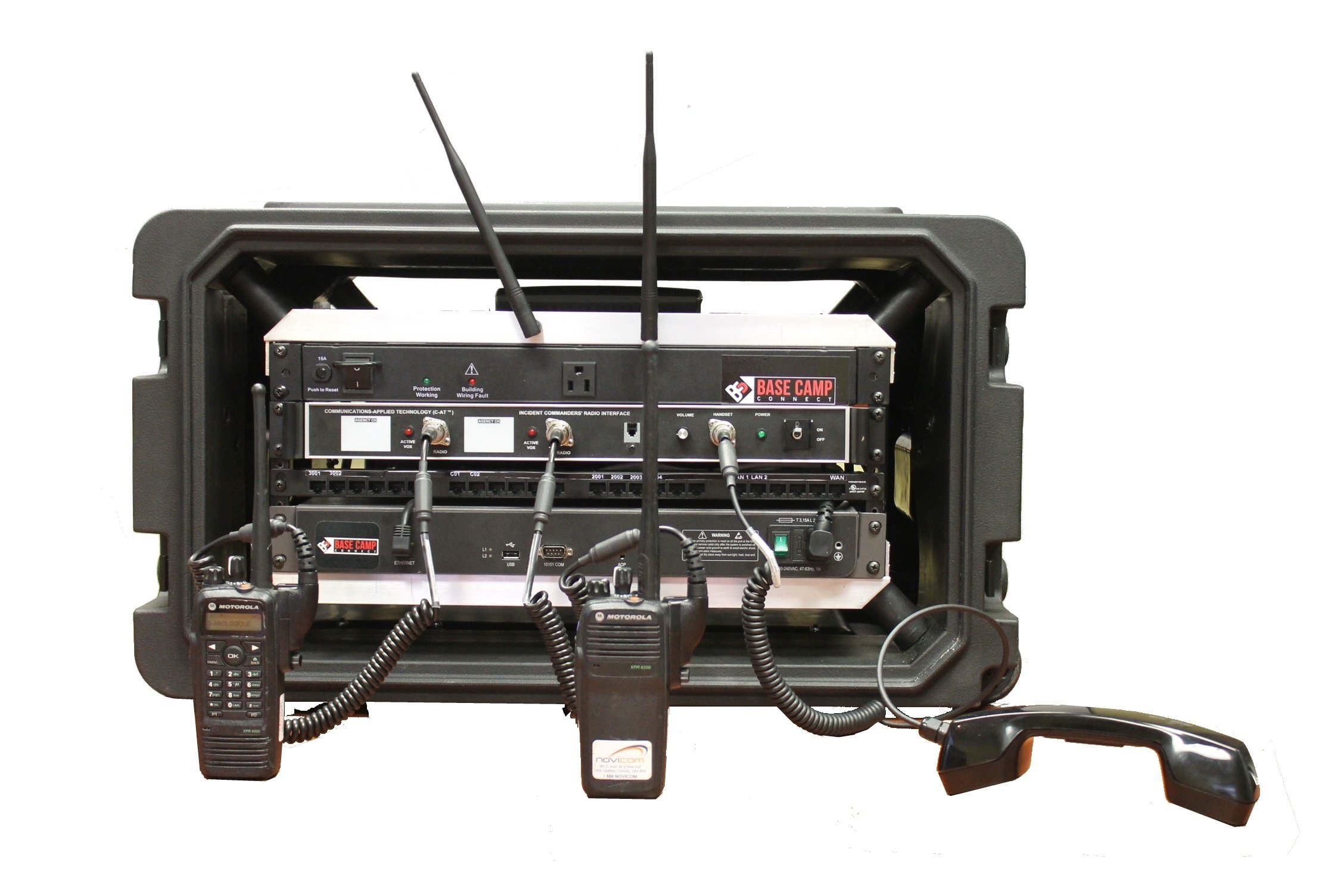
Radio communications will always be busy and congested during a major event so we need to ensure that the incident commanders can get the information they need to deploy the resources to the locations where they are needed the most. Being able to access the radio communications of a business, school or industrial location that you are dealing with during an event will allow the command staff to ensure the safety of their crew by making sure that critical safety information is requested and confirmed in the shortest amount of time. Questions like has the power been shut off to a given building or location is just an example of time-sensitive information that an incident commander would like to have as soon as possible. Many of these locations may also have closed circuit television systems that are tied back to a central control room or security office. These images can also prove to be invaluable source of information regarding the situation and being able to update command on changing conditions.
Another helpful aspect of being able to use a private sectors radio system is that if you are dealing with a fast moving incident and you have people unaccounted for a Personal Accountability Report (PAR) on the radio, you will be able to find lost employees that may have fled the incident area to a play of safety and they can report in their location and status. This will also allow the incident commander to keep from deploying search and rescue resources into a dangerous location to find people that are not there. If there are employees trapped or injured they may be able to guide rescue personnel to their exact location to allow for a fast find and removal to safety.
The best time to test these communication issues is during one of the table top or full scale exercises. You can practice tying the radio frequency of the private sector group into your radio system and test how you would like it to work and on what channel you want to assign it to operate on. You probably don’t want to have them operating on the primary channel so a separate command and control channel should be used for this purpose. The private sector side of the house also needs to understand what is the approved methods and terminology to be used when communicating on a public safety radio. It is important that they understand not to use people’s names over an open frequency that the news media may be monitoring.
The big take-away from this article is that I would like for you to think ahead and realize that there are methods and equipment available to make your radio communications better. Hence, your response to private sector locations can be better coordinated and information can flow back in forth in a timely manner.
Be Safe!
Want to learn more about the Base Camp Connect, schedule a free demo now


